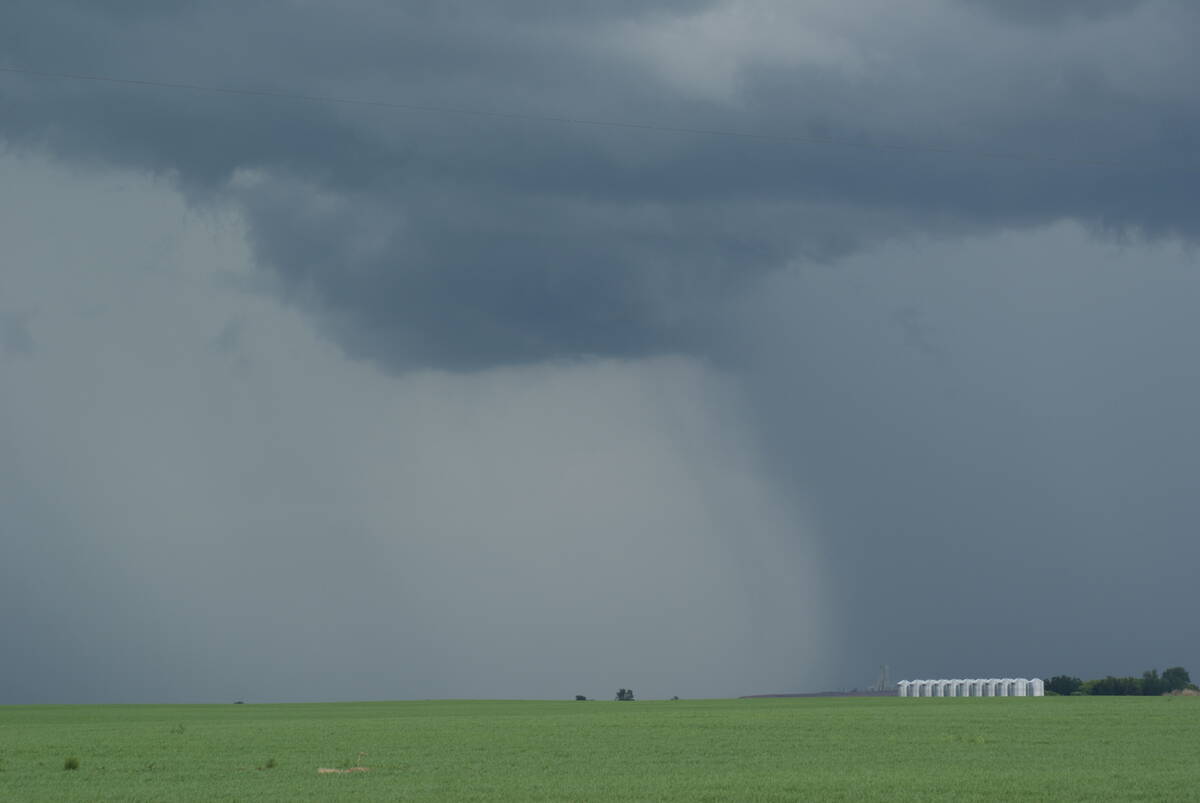Why would hackers looking to make a buck pick on a farm or farmer organization? Wouldn’t banks, health-care institutions or large corporations yield richer harvests?
Like fishing, hacking is most rewarding where it’s easiest. While there is money in financial institutions, those folks are prepared to fend off would-be thieves. The same applies to many public institutions and larger corporations.
Many cyber-criminals don’t steal money or assets. Instead, they convince people to willingly hand them over. By the time they are through with us, paying the culprits to go away seems like a good investment compared to the work of rebuilding a networked organization or business from scratch or the embarrassment of explaining how it happened.
Read Also

Canadian farmers need new tools to support on-farm innovation
Farmers need a risk management buffer that actually works and investment that drives advancements forward if Canada is to build resilience.
Online criminals know when their victims are most vulnerable and thus more easily compelled to pay. Agricultural field operations have three critical timing periods: seeding, pest management and harvest. In these, farmers and agricultural businesses can lose a year’s work in a matter of weeks.
If seeding gear won’t move and it’s already May 20, most prairie farms will struggle to put any black ink in their ledgers for the year. The same applies to harvest and spraying seasons. The ability to work intensely within a small window of time is vital in a short-season northern climate.
Farm machinery that won’t move or grain bin systems that won’t run are only some of the ways hackers can find to leverage payments. The damage possible to automated barn systems can only be imagined.
For companies that supply farmers, the same applies. If they can’t deliver on fertilizer, seed or chemicals when farmers need them, the window closes and doesn’t reopen until the following year. Bad actors will tie up work and demand ransoms to free it, asking just enough to ensure payment while still damaging the business or farm.
Just ahead of this year’s seeding season in the United States, a multi-state grain company was hit with programming related to the Lockbit 2.0 ransomware tool. Those behind it threatened to render the farm co-op unable to move or apply fertilizer or deliver seed. A month before that, a grain miller was targeted but that attack was detected and stopped before damage was done.
Last fall, six farm co-ops in the U.S. were hit with ransomware that included Blackmatter, Suncrypt, Sodinokibi, Blackbyte and Conti. Some saw their operations shut down while others found their administration and logistics systems locked and requiring ransom payments to release them.
Last summer, a company serving a number of farm co-ops was hit with a Hello Kitty-Five Hands attack that sought a US$30 million ransom. That one spread throughout the company’s network and into its clients, which included several agricultural co-ops.
Farms and farm groups are not immune to these approaches but there are even greater fears that bad actors could orchestrate something much larger, affecting operations in an entire region.
The threats are real and agriculture is vulnerable. Everyone in the industry — farmers, ranchers agri-businesses and even community volunteer-based organizations — should employ cybersecurity measures.
Yes, it’s one more thing for the to-do list, but the consequences could be catastrophic and recovery may not come easily or cheaply. Get advice on how to protect assets against this threat and take some steps to thwart cyber-crime and punishment.
Karen Briere, Bruce Dyck, Barb Glen and Mike Raine collaborate in the writing of Western Producer editorials.















